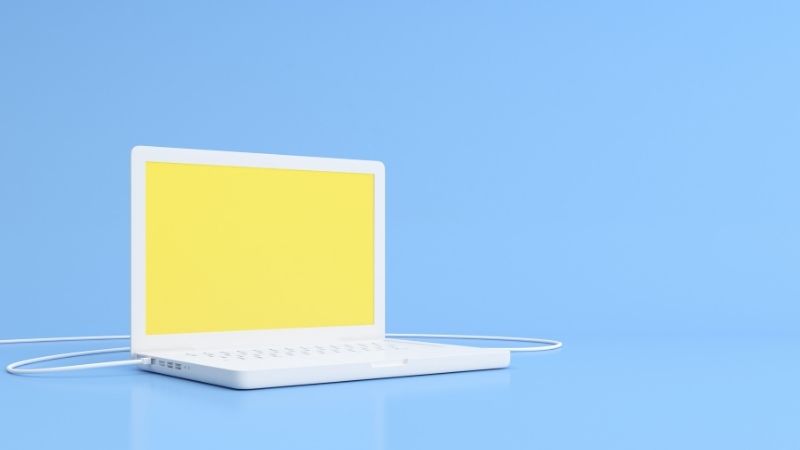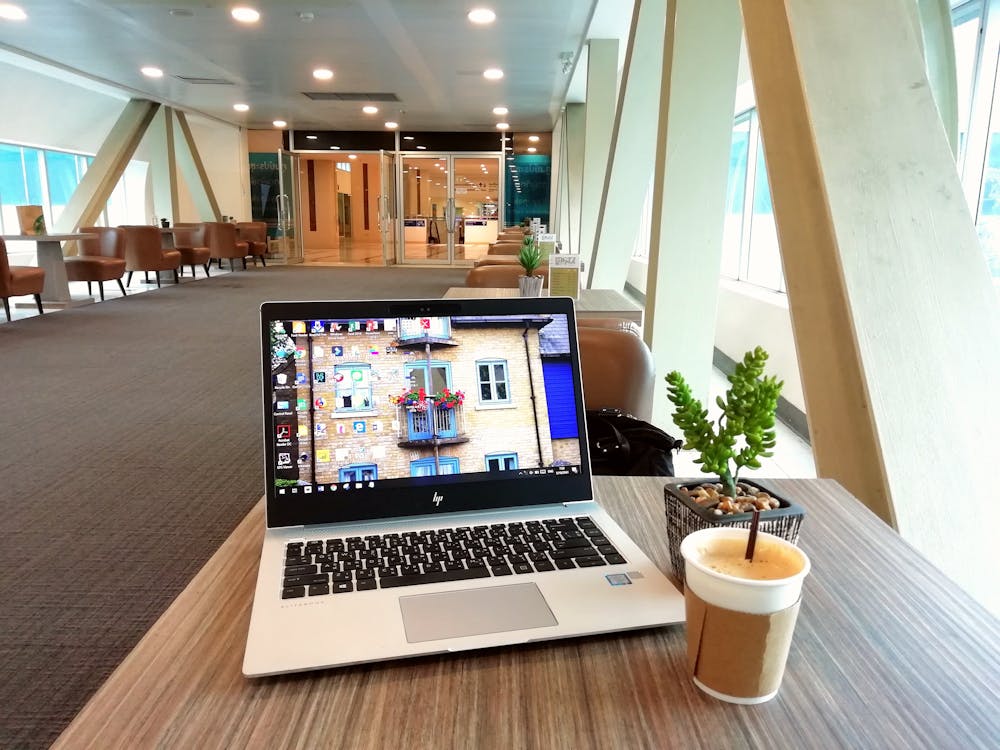How to fix Yellow Screen

Table of Contents

Modern computer screens boast a crisp and clear resolution and should display a true white glow.
Not all screens have this and some have slightly off colors which is perfectly normal, however, if your screen is displaying a yellow hue, there is definitely something wrong.
Prime Day is finally here! Find all the biggest tech and PC deals below.
- Sapphire 11348-03-20G Pulse AMD Radeon™ RX 9070 XT Was $779 Now $739
- AMD Ryzen 7 7800X3D 8-Core, 16-Thread Desktop Processor Was $449 Now $341
- ASUS RTX™ 5060 OC Edition Graphics Card Was $379 Now $339
- LG 77-Inch Class OLED evo AI 4K C5 Series Smart TV Was $3,696 Now $2,796
- Intel® Core™ i7-14700K New Gaming Desktop Was $320.99 Now $274
- Lexar 2TB NM1090 w/HeatSink SSD PCIe Gen5x4 NVMe M.2 Was $281.97 Now $214.98
- Apple Watch Series 10 GPS + Cellular 42mm case Smartwatch Was $499.99 Now $379.99
- ASUS ROG Strix G16 (2025) 16" FHD, RTX 5060 gaming laptop Was $1,499.99 Now $1,274.99
- Apple iPad mini (A17 Pro): Apple Intelligence Was $499.99 Now $379.99
*Prices and savings subject to change. Click through to get the current prices.
The yellow tint may feel like an applied filter. It changes how things look from movies, documents, images, and the desktop.
The difference isn’t subtle or stark depending on tint intensity. If the yellow isn’t intense, how can you check if the screen is actually damaged rather than just displaying an odd color?
If the yellow tint is very subtle, it’s likely that the surrounding light might be creating it, and your display isn’t truly tinted. You may also have a damaged screen.
To test this, turn off any lights in the room except the display’s brightness.
Then, increase the brightness of the display to its full capacity.
Next, open a new document in Wordpad. Maximize the window and look for a yellow tint. If there is indeed a yellow tint, try the fixes listed below.
Ways To Fix The Dreaded Yellow Screen

Step
Night Light Adjustment
Night light is a new feature in Windows 10.
It helps you see better in low-light conditions by tinting your display.
You can turn the night light on and off using the Settings app to see if this makes a difference to the tint.
Step
Flux
Night Light is a popular screen-tinting app that many people use and was inspired by Flux.
Disable any screen-tinting apps you’ve got running.
You should also make sure that none of them have extensions that might be using this feature.
Step
Display Color Settings
Displays are very sensitive to the contrast, brightness, and saturation of the display.
Try changing these to see if it makes a difference to the yellow screen.
Step
Internal/External Screen
Color settings should be set to default.
For an external screen, you should use the app ClickMonitorDDC.
Then select your external monitor from the list of monitors at the top.
Press the Reset Monitor button.
Step
Graphics Drivers
Drivers play an important role in the operation of any device connected to your PC. Drivers help connect devices such as printers, scanners, modems, hard drives and many others.
You need to install the latest version of the drivers if you want to use these devices properly. Display adapters are devices that connect the computer to the monitor or TV.
There are different types of display adapters such as VGA, DVI, HDMI, etc.
- Selecting the right type depends on the output device you would like to use.
- You can check the list of available drivers for your display adapter using this link.
For example, if you select the VGA adapter, then you will be presented with the list of available drivers.
- Click on the driver name to download and install the latest version of the driver. Drivers should be installed manually or automatically.
- When you install them yourself, you need to check if there are updates available.
- You can use an automatic tool to download and install new drivers. This program is very useful because it helps you save time and energy.
The program is called Smart Driver Care. Launch the application and press the ‘Scan Now’ button.
- Select all the updates you want to perform and then click on the ‘Update All’ button.
- Updating these drivers may fix the yellow screen issue.
Step
New Color Profile
To make sure that your monitor works properly, and the screen color is right, you need to set up the correct profile.
You can do this by selecting the right profile in the Color Management box.
- To complete this, first type “Color Management” into the search bar and press Enter. Then, choose the Screen option and the Yellow Tint option.
- Subsequently, select the Screen option again and then press the Add button.
- Select the sRGB virtual device profile and then press the OK Button. Finally, you should now be able to use the correct profile.
Step
Check Monitor Settings
There are several ways to adjust colors on your computer screen. You may use the built-in controls, or you may download an application that lets you do this easily.
For example, Microsoft Office 2010 comes with a program called Color Settings Manager. Use this to adjust colors and see if the yellow screen disappears.
Conclusion
If none of the above works it may be the screen that is damaged, contact a local IT specialist to find out ways to fix the screen or invest in a new one.

